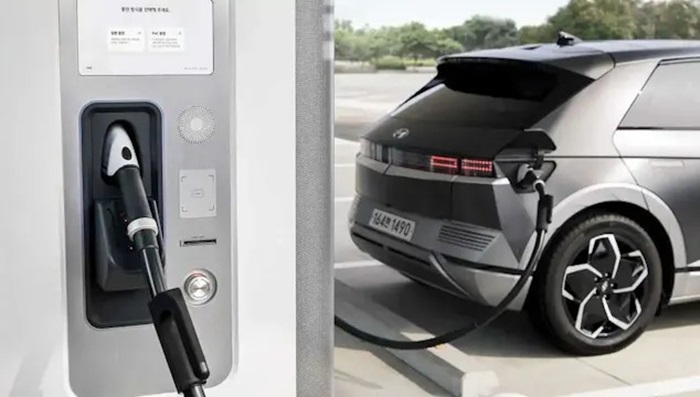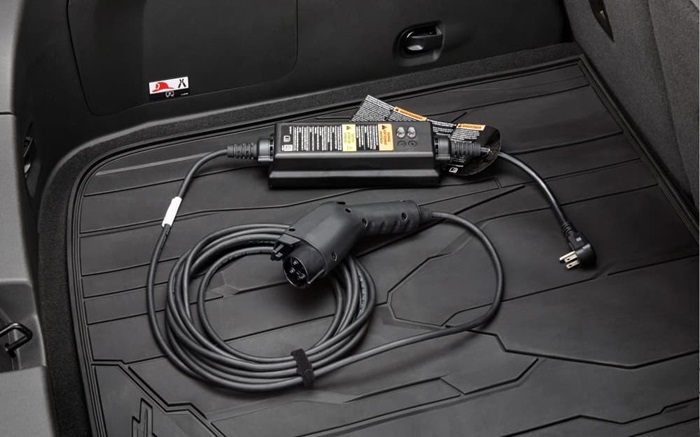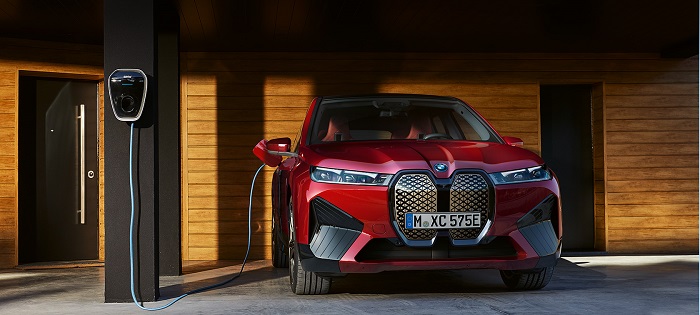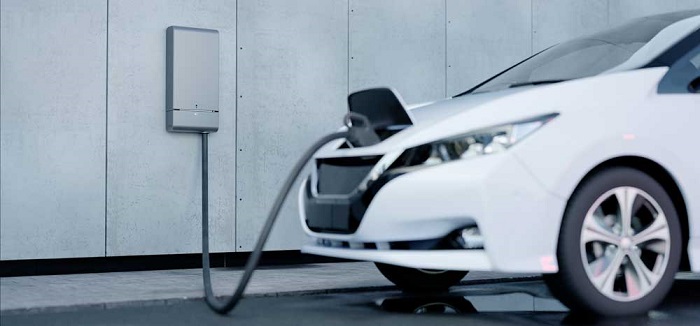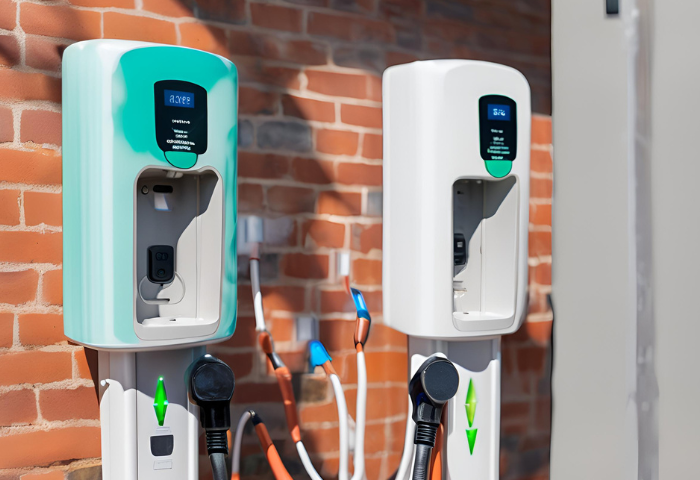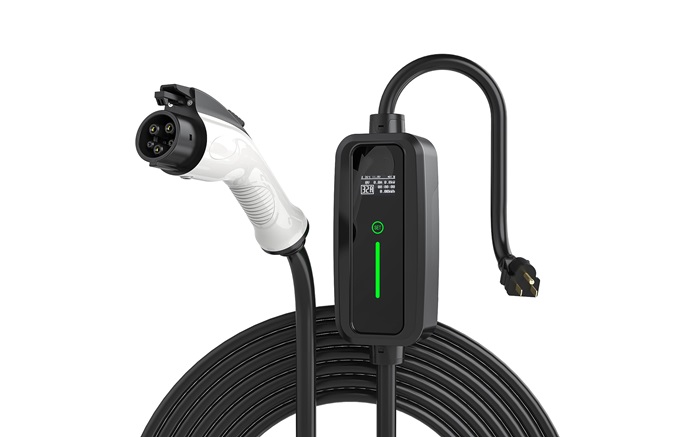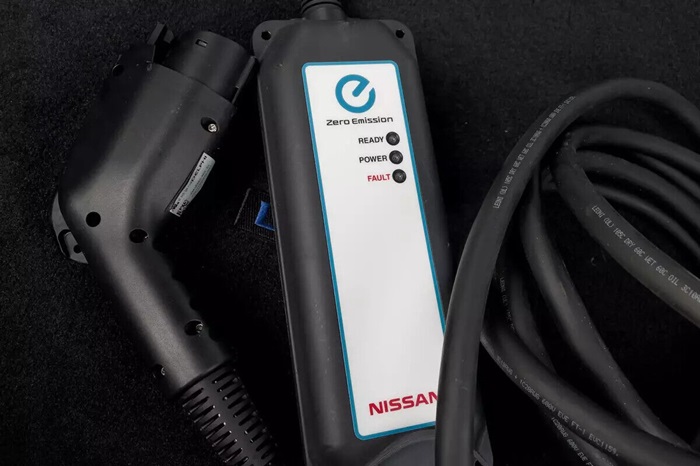Level 1 Charging for the Hyundai Ioniq 5: A Practical Approach
The Hyundai Ioniq 5 is a popular electric vehicle (EV) known for its sleek design, advanced technology, and impressive range. However, understanding the different charging levels and their implications is crucial for maximizing your Ioniq 5 experience.
This essay delves into the specifics of Level 1 charging for the Ioniq 5, providing essential information for owners and potential buyers.
What is Level 1 Charging?
Level 1 charging is the slowest form of charging available for EVs but is widely accessible since it requires no specialized equipment beyond a standard electrical outlet.

Definition and Explanation of Level 1 Charging
Level 1 charging is the slowest method for charging electric vehicles (EVs). It uses a standard 120-volt AC outlet in the United States and Canada, the same kind you find in most homes.
Level 1 chargers are essentially adapters that allow you to plug your EV into a regular household outlet using the charging cable that comes with the vehicle.
They are convenient because they don’t require any special installation, but they are also the slowest charging option.
Benefits of Level 1 Charging
- Accessibility: Since Level 1 charging only requires a standard household outlet, it can be performed virtually anywhere with electricity, making it convenient for charging at home, workplaces, or any location with available outlets.
- Cost-effectiveness: Level 1 charging typically doesn’t require any additional installation costs since it utilizes existing electrical infrastructure. This makes it an economical choice for EV owners who may not have access to or the budget for dedicated charging stations.
- Ease of use: Charging an EV using Level 1 charging is simple and doesn’t require any specialized equipment beyond the charging cable provided with the vehicle. EV owners can simply plug in their vehicles when they are parked at home or work and allow them to charge overnight or during the day.
Charging Time for Level 1 Chargers
Level 1 charging is the slowest option available for charging EVs. It typically provides only 1.3 kW to 2.4 kW of power, which translates to roughly 3-5 miles of range per hour of charging.
This means a full charge from empty could take anywhere from 40 to 50 hours for a standard battery electric vehicle (BEV)
The charging time for Level 1 chargers varies depending on factors such as the vehicle’s battery size, the current state of charge, and the charging rate of the onboard charger. Typically, Level 1 charging provides a charging rate of around 2 to 5 miles of range per hour of charging, meaning it may take several hours or even overnight to fully charge an EV using Level 1 charging. This makes it less suitable for situations where faster charging is required, such as long-distance travel or frequent use of the vehicle throughout the day.
How Does Ioniq 5 Level 1 Charging Work?
The Ioniq 5 works with Level 1 charging just like any other electric vehicle. Level 1 charging for the Ioniq 5 involves using a standard household outlet to charge the vehicle’s battery.
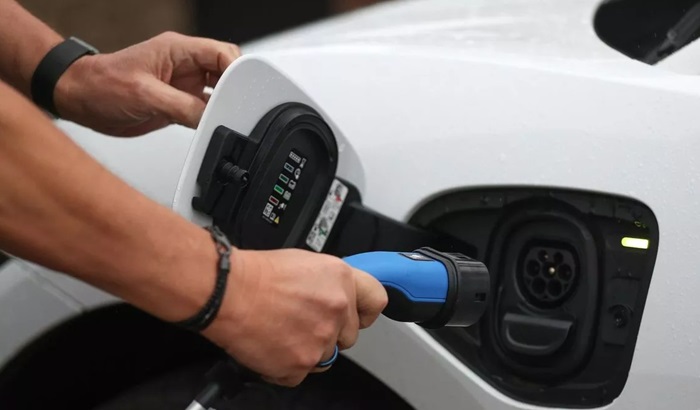
Overview of Ioniq 5 Level 1 Charging System
The Ioniq 5 comes with a portable Level 1 charging cable that plugs into a standard 120-volt household outlet. The car’s onboard charger converts the AC electricity from the outlet to DC electricity to charge the battery.
- Charging Process: Level 1 charging simply requires plugging the Ioniq 5 into a standard 120-volt AC household outlet using the provided charging cable. The vehicle’s onboard charger then converts the AC power from the outlet into DC power to charge the battery.
- Charging Time: Level 1 charging is the slowest method of charging available for electric vehicles. It typically provides a charging rate of around 3-5 miles of range per hour, depending on factors such as the vehicle’s battery capacity and the charging efficiency.
- Charging Cable: The Ioniq 5 comes with a Level 1 charging cable that is compatible with standard household outlets. This cable usually has a standard J1772 connector on the vehicle end and a plug for the household outlet on the other end. The cable is designed to be durable and weather-resistant for outdoor use.
Features of the Ioniq 5 Level 1 Charging Cable
The Level 1 charging cable for the Ioniq 5 may include features such as built-in safety mechanisms to protect against overcharging or overheating, as well as indicators to show when the vehicle is charging and when it is fully charged.
- Adjustable amperage: Unlike some Level 1 chargers, the Ioniq 5 cable allows you to adjust the charging current from 6 amps to 12 amps. This can be helpful depending on your outlet’s capacity and desired charging speed (higher amps mean faster charging, but may overload a circuit).
- Indicator light: The cable typically has a light that indicates charging status (on, complete, error)
Compatibility of the Ioniq 5 Level 1 Charger
The Level 1 cable that comes with the Ioniq 5 is designed to work with standard 120-volt outlets in North America. It’s important to consult your owner’s manual and ensure your outlet can handle the desired amperage (6 or 12 amps) to avoid overloading the circuit. If you’re unsure about your outlet’s capacity, it’s best to consult a qualified electrician.
Pros and Cons of Ioniq 5 Level 1 Charging
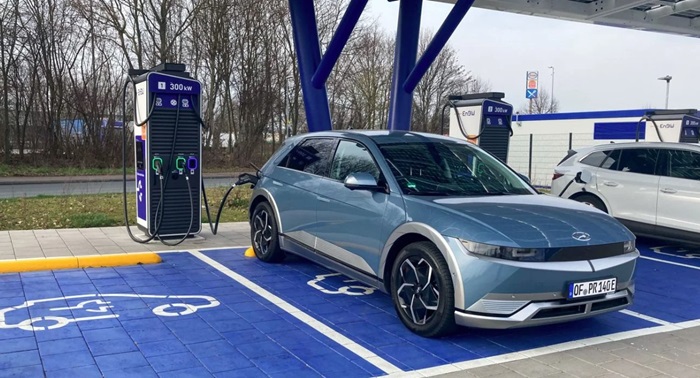
- Advantages of Opting for Level 1 Charging
Accessibility: This is the biggest advantage. Level 1 charging only requires access to a standard household outlet, making it convenient for charging at home, workplaces, or other locations with basic electrical infrastructure. No special installation is required.
Convenience: Level 1 charging allows Ioniq 5 owners to conveniently charge their vehicles overnight or during extended periods of parking without the need for dedicated charging stations.
Cost-Effectiveness: Since Level 1 charging utilizes standard household outlets, there’s typically no need for additional installation costs or upgrades to electrical infrastructure, making it a cost-effective charging solution. You don’t need to buy any additional equipment, and you’re using the electricity you already pay for at home.
Safe: Level 1 charging is generally considered the safest way to charge an EV because of the lower power output.
Universal Compatibility: Level 1 charging cables are designed to be compatible with most standard household outlets, ensuring widespread accessibility and ease of use.
- Disadvantages of Ioniq 5 Level 1 Charging
Slow Charging Speed: This is the main drawback. Level 1 charging is the slowest method of charging for electric vehicles, providing a relatively low charging rate of around 3-5 miles of range per hour. It can take 40–50 hours to fully charge a depleted battery. This makes it impractical to quickly charge the vehicle’s battery, especially for long-distance travel.
Limited Range: Due to the slow charging speed, Level 1 charging may not be sufficient for maintaining or extending the vehicle’s range during daily use, particularly for drivers with longer commutes or high mileage requirements.
Long Charging Times: Charging the Ioniq 5 using Level 1 charging can take a considerable amount of time, especially if the battery is heavily depleted. This may lead to inconvenience for drivers who require frequent or rapid charging.
Dependency on Availability: Level 1 charging relies on the availability of standard household outlets, which may not always be accessible in certain locations or situations, limiting charging options for Ioniq 5 owners.
Factors to Consider for Ioniq 5 Level 1 Charging
When considering Level 1 charging for the Ioniq 5, several factors should be taken into account.

Power Output and Charging Rate
Level 1 charging typically provides a charging rate of around 3-5 miles of range per hour, depending on various factors such as the vehicle’s battery capacity and charging efficiency.
Consider your daily driving habits and how much range you typically need. If your daily commute is short and you have ample time for overnight charging, Level 1 charging may be sufficient.
Cost Comparison with Other Charging Levels
While Level 1 charging is the most accessible and cost-effective option since it only requires a standard household outlet, it’s essential to compare the costs associated with other charging levels.
Evaluate the installation costs and ongoing expenses associated with Level 2 charging stations or public DC fast chargers, considering factors such as equipment costs, installation fees, electricity rates, and potential incentives or rebates.
Impact on Battery Health
Charging speed and frequency can affect the long-term health and lifespan of the vehicle’s battery.
Level 1 charging, with its slower charging rate, generally imposes less stress on the battery compared to fast charging methods like Level 2 or DC fast charging.
If preserving battery health and maximizing longevity are priorities, Level 1 charging may be preferable for regular, everyday charging, while faster charging options can be used occasionally for added convenience.
Convenience and Lifestyle Considerations
Assess your charging needs and lifestyle preferences. Level 1 charging is most suitable for overnight charging at home or during extended periods of parking, such as at workplaces or destinations where Level 2 or DC fast charging stations may not be readily available.
Consider factors such as travel patterns, access to charging infrastructure, and the availability of alternative transportation options for longer trips.
By carefully considering these factors, you can determine whether Level 1 charging is the most suitable option for your Ioniq 5, balancing factors such as charging speed, cost-effectiveness, battery health, and lifestyle preferences.
Troubleshooting Common Issues with Ioniq 5 Level 1 Charging
Here are some troubleshooting tips for common issues with Level 1 charging for the Ioniq 5, as well as suggestions for achieving faster charging speeds and dealing with charging errors.
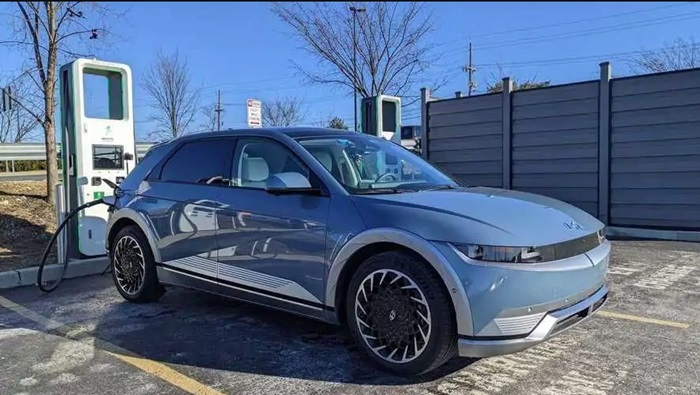
- Troubleshooting Common Issues
Check Power Source: Ensure that the power outlet you’re using is functional and providing power. Sometimes, a tripped circuit breaker or a faulty outlet may be the cause of charging problems.
Inspect Charging Cable: Examine the charging cable for any visible damage, such as frayed wires or broken connectors. If the cable is damaged, it may need to be repaired or replaced.
Verify Vehicle Settings: Check the vehicle’s charging settings and ensure that it is set to accept Level 1 charging. Some electric vehicles allow you to adjust charging settings, such as charging current or departure times, which may affect charging behavior.
Reset Charging System: If you encounter charging issues, try resetting the charging system by unplugging the cable from both the vehicle and the power outlet, then reconnecting it after a few minutes.
Consult the Owner’s Manual: Refer to the Ioniq 5 owner’s manual for specific troubleshooting steps and guidance provided by the manufacturer.
- Tips for Faster Charging Speeds
Upgrade to Level 2 Charging: Consider investing in a Level 2 charging station for faster charging speeds. Level 2 chargers typically provide higher power output and faster charging rates compared to Level 1 charging.
Optimize Charging Times: Schedule charging sessions during off-peak hours when electricity rates may be lower. This can help maximize charging efficiency and reduce charging costs.
Manage Battery Temperature: Battery temperature can have an impact on charging efficiency. Park the vehicle in a shaded area or a cool environment to prevent overheating and optimize charging performance.
Minimize Power Consumption: Reduce power consumption in the vehicle while charging, such as turning off lights, climate control, and other accessories, to allocate more power to charging the battery.
- Dealing with Charging Errors
Error Code Interpretation: If you encounter a charging error message or indicator on the vehicle dashboard, refer to the owner’s manual for information on interpreting error codes and troubleshooting steps.
Restart Charging Process: Attempt to restart the charging process by unplugging and reconnecting the charging cable, or by resetting the vehicle’s charging system, as mentioned earlier.
Contact Support: If troubleshooting steps do not resolve the charging error, contact customer support or your dealership for assistance. They can provide further guidance and may need to inspect the vehicle for potential issues.
Level 1 charging offers a convenient and affordable option for charging your Ioniq 5 at home. While the slow charging speed may not be ideal for all situations, it provides a reliable way to keep your EV charged for daily use. Understanding the limitations and benefits of Level 1 charging will help you make informed decisions about your charging needs and optimize your Ioniq 5 experience.

Henry Michael is a leading expert in EV charging station research, specializing in innovative solutions for electric vehicle infrastructure. With a passion for sustainability and technological advancement, he is dedicated to advancing the accessibility and efficiency of EV charging worldwide.

